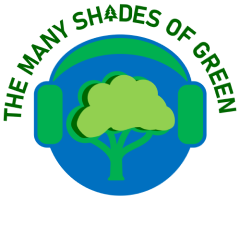“To plant a garden is to believe in tomorrow” Audrey Hepburn
Summertime and the living is easy… well not as easy as we would like it to be. The climate is changing and it’s getting hotter with more many dry spells, which makes it harder to keep our plants from wilting. We are also having more extreme storms which makes it more difficult to maintain our lawns and gardens. We have to be resilient and adjust to the changing climate, as the weather, in a word, is weird. We have to bring back habitats and improve our ecological practices in our yards. There is a Less Lawn More Life movement which is about to take hold with an 8 week guided challenge to unleash the potential of your lawn. It is a joint project with Plan It Wild and Bedford 2030 and you can visit lesslawnmorelife.com to get info and to join the challenge. Adaptation and resilience are important in helping fight global warming and climate change. Victoria Alzapiedi, our resident garden, wildlife and healthy yards guru joins us to discuss how we can coexistence with nature and wildlife by starting in our own backyards. We talk about how we can grow meadows in lieu of lawns and protect wildlife, especially in these hotter times. Victoria is a co-founder of New Castle Healthy Yards, and is a member of the Town of New Castle Conservation Board, as well as the Climate Smart Communities Task Force. She started the Facebook group “The Nature of Westchester” an active community of nature lovers which now has more than 4800 members. Victoria is also a native plant gardening consultant and coach providing eco-friendly planting recommendations. Please visit mynativegardenoasis.com for more info. Follow New Castle Healthy Yards on Facebook, check out birds.cornell.edu and the National Wildlife Federation at nwf.org
To listen to past TMSOG shows go to HudsonRiverRadio.com and Malcolmpresents.com. Follow The Many Shades of Green on Facebook, Instagram and Threads @tmshadesofgreen. Listen to TMSOG podcasts on all major podcast apps. #RaiseYourEcoConsciousness
TMSOG is proud to be on Feedspot’s list of the 50 Best Environmental Podcasts to follow in 2024: https://podcasts.feedspot.com/environmental_podcasts/
